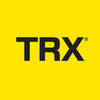News
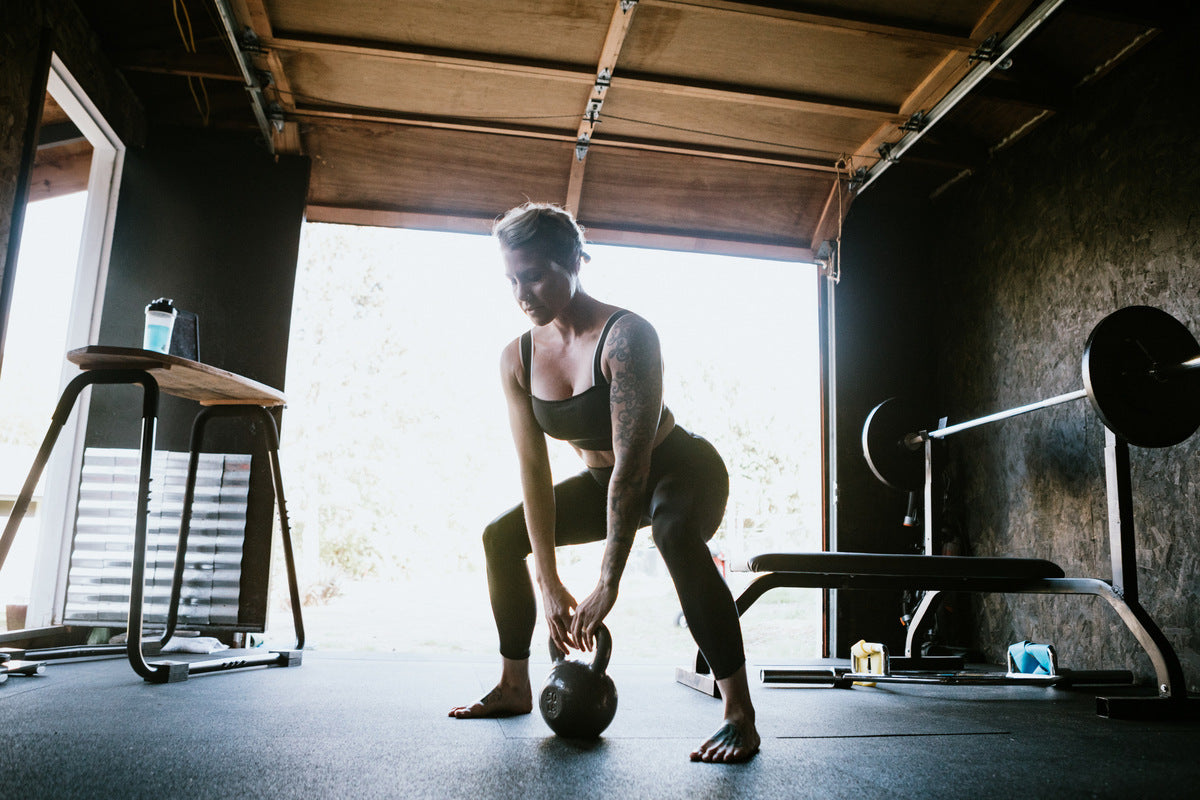
3 Full-Body Strength Training Workouts You Can Try at Home
Most of us want to exercise and stay healthy, but our busy schedules can make it hard to go to the gym. For that reason, we recommend incorporating strength training at home. We are excited to share three highly effective full-body workouts that you can easily work into your routine from the comfort of your own home.
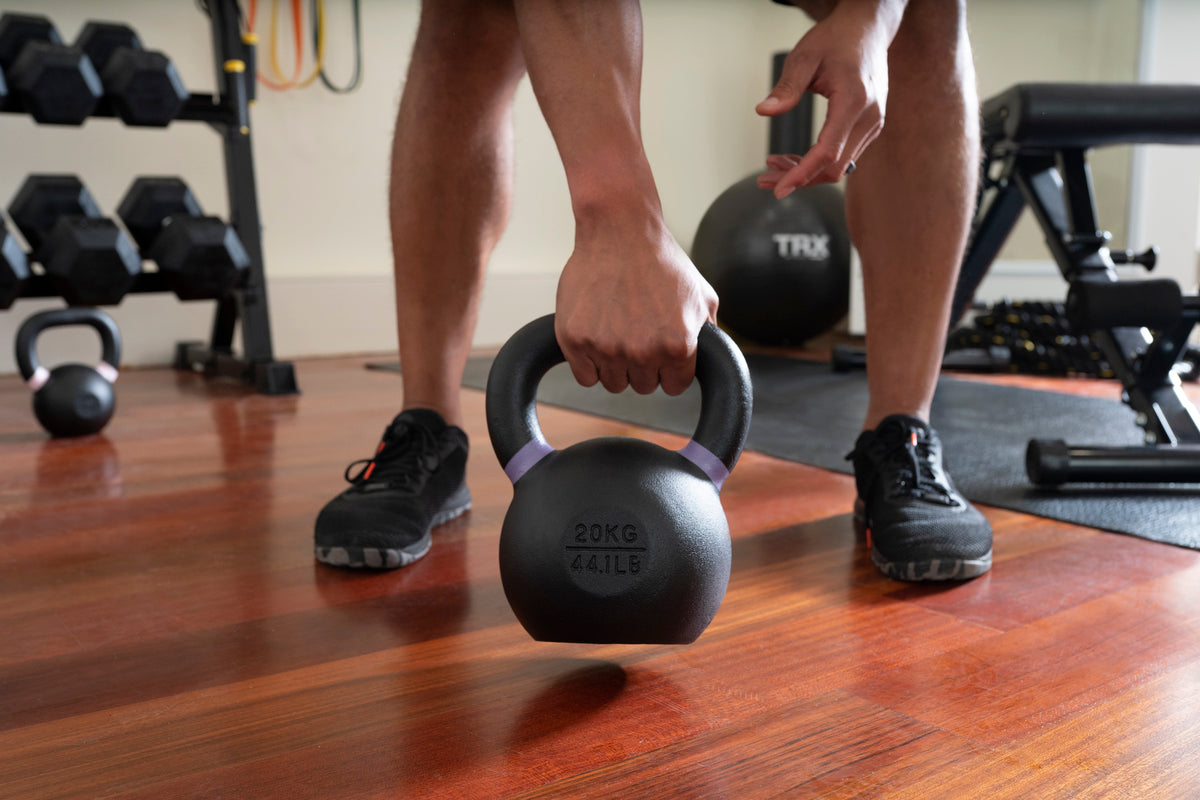
10 Kettlebell Chest Exercises to Try Today + Sample Workout
When you’re training your chest, you probably use dumbbells and barbells to get the job done. But, kettlebells are a great alternative and can be just as effective for building strength and muscle mass.
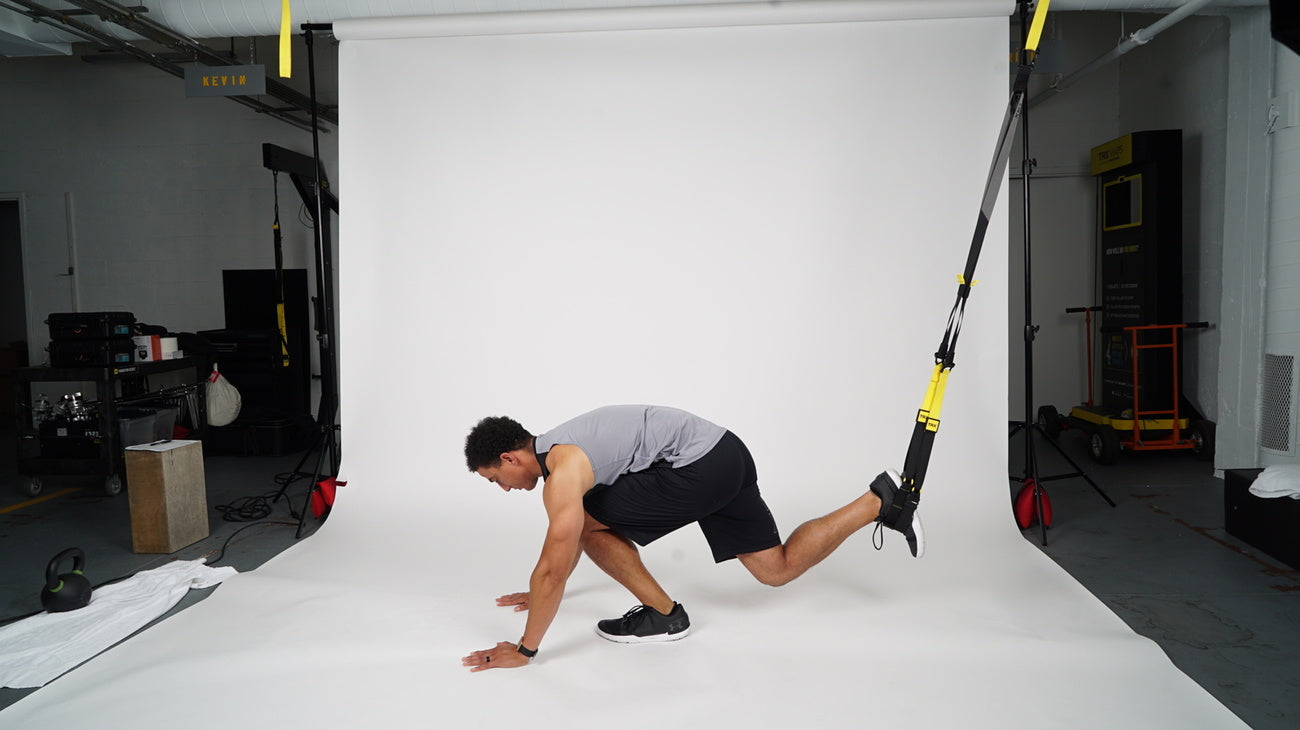
Should You Do Cardio After Leg Day? What the Science Says
Should you do cardio after leg day? That’s the age-old question. Some might worry cardio will kill gains while others swear by it. In this post, we will dive deep into the science behind this question and provide insights to help you make the best decision during your workouts.
Can You Do Cardio After Leg Day?
Absolutely! Engaging in cardio exercise after a leg day workout is perfectly acceptable and can offer numerous benefits for your overall fitness. Not only does it contribute to an effective and balanced training routine, but it also aids in the muscle growth and repair process - more about that later.
The trick is doing the right type of cardio at the right intensity to help facilitate recovery. Going too hard for too long can lead to a breakdown in form on already fatigued muscles, an increase in muscle soreness, and a delay in full recovery time.
What Type of Cardio is Best After Leg Day?
There are many types of cardio that you can choose to do the day after leg day and your fitness level/goals* will determine how hard you should go, but for the average person, it’s a good idea to keep the intensity low to moderate and the duration on the shorter side, around 20 - 40 minutes. The goal is to work the cardiovascular system and increase the blood flow to the muscles of the legs, but to not work harder than you did the day before, so as not to delay the recovery process.
The following exercises allow for active recovery while still working the muscles & burning calories:
Low-Impact Cardio: Activities like swimming or using an elliptical machine can provide cardiovascular benefits without placing excessive strain on the leg muscles or joints of the lower body.
Low to Moderate Intensity Cycling: Lighter cycling specifically targets the leg muscles, and helps improve lower body endurance and cardiovascular fitness.
Walking or Light Jogging: If you prefer a more relaxed form of cardio, walking or light jogging can be beneficial. Treadmills have shock absorption to make things easier on the joints. If you’re outside, you’ll want to avoid hills and stay on mostly flat terrain if you can. Going uphill requires a lot more work from the hamstrings and glutes while going downhill puts more stress on the quads and knees.
TRX Cardio Circuits: If you have a suspension trainer or your gym owns a pair, TRX cardio circuits are great way to build cardiovascular endurance. The resistance and instability cause your body to work harder than normal, increasing bloodflow to the muscles and burning calories at a rate faster than regular cardio. If you have a suspension trainer, keep reading because we’ll share a cardio circuit you can do today.
All four of these options will help your muscles recover and, more importantly, grow. Now, let’s take a look at some of the benefits that come with doing cardio after leg day.
Benefits of Doing Cardio After Leg Day
Reduced Soreness the Day After
Cardiovascular exercise increases blood circulation throughout your body, including the muscles you targeted during your leg workout. This enhanced blood flow delivers oxygen and nutrients to the muscles while removing metabolic waste products, like lactic acid, which can contribute to muscle soreness. Additionally, the movement involved in cardio exercise can help alleviate stiffness and improve overall mobility.
Increased Cardiovascular Performance
Even if you’re not going at max effort, performing cardio exercises regularly helps improve your endurance and aerobic capacity. By getting your heart rate up and keeping it up, you stimulate adaptations that improve your heart’s efficiency. This can result in an increased ability to sustain physical activity for longer periods and at higher intensities. Over time, this improved endurance can positively impact your cardiovascular health with a lower heart rate and decreased blood pressure.
Caloric Deficit
For those doing a near-daily activity as part of a fat-loss or weight-loss program, it’s important to get into a calorie deficit. Along with maintaining a suitable diet, cardio sessions can help with increased calorie expenditure in the following ways:
Fat Burning: Cardio exercises primarily rely on stored fat as a fuel source. When you are in a calorie deficit, your body starts to tap into its fat stores for energy. By incorporating cardio exercise, you can enhance the fat-burning process, especially when performed after a hard leg workout. The leg workout depletes glycogen stores in the leg muscles, leading to a higher reliance on fat as an energy source during subsequent cardio exercise.
Metabolic boost: Engaging in cardio workouts can increase your metabolic rate, both during and after the exercise session. This is known as the "afterburn effect" or excess post-exercise oxygen consumption (EPOC). After intense cardio exercise, your body requires additional oxygen to restore itself to its pre-exercise state. This process involves energy expenditure, leading to an elevated metabolic rate for a period of time even after you've finished exercising. This can contribute to additional calorie burn and support your weight loss efforts.
Faster & Better Recovery
Active recovery: Engaging in low-impact cardiovascular activity acts as a form of active recovery. It keeps your muscles moving and promotes gentle stretching and contraction, which helps prevent them from becoming stiff and tight. By maintaining some level of activity, you stimulate blood flow without putting excessive strain on the already fatigued muscles.
Flushes out metabolic byproducts: During a strenuous workout, metabolic byproducts, such as lactic acid, accumulate in the muscles. These byproducts can contribute to muscle soreness. Cardiovascular activity can assist in flushing out these byproducts, aiding in the recovery process and reducing soreness.
How to Recover from Cardio After Leg Day
Of course, you should also try to recover from cardio if you do it after leg day. An intense cardio session can leave you feeling the sore next day, so here are some ways to recover.
Stretching Routine
If you’ve ever experienced calf pain after running, you know what a nuisance it can be. A well-structured stretching routine plays a crucial role in aiding the recovery process after a lot of leg work. You’ll want to make sure to stretch the major muscle groups of the lower body - glutes, quads, hamstrings, adductors, and calves - at the end of each workout after your heart rate has lowered. Stretching aids in realigning muscle fibers, reducing tightness, and reducing the risk of post-workout muscle imbalances. It’s also a great way to lower your heart rate and calm your mind at the end of your workout.
Ice Bath
Ice baths, also known as cold-water immersion, have gained popularity as a recovery technique among athletes and fitness enthusiasts. The principle behind an ice bath is cold therapy, which helps to reduce inflammation, swelling, and muscle soreness. After your workout, immersing your lower body in ice-cold water for around 10-15 minutes (or 5 minutes, if it’s your first time) can constrict blood vessels, causing a decrease in tissue metabolism and inflammation. This process helps remove metabolic waste products, reduce tissue damage, and promote a faster recovery.
Foam Roller
Foam rolling, also called self-myofascial release, is a self-massage technique that utilizes a foam roller to target tight and tender areas of the muscles. The pressure applied by the foam roller helps release muscle tension and trigger points, improving blood circulation. Foam rolling the quads, IT Bands, adductors, and calves can keep your lower body feeling and working its best.
Massage Gun
Massage guns have gained popularity as a convenient and effective recovery tool. These handheld devices use percussive therapy to deliver rapid bursts of pressure to the muscles. By utilizing a massage gun on the leg muscles post-workout, you can experience similar benefits to those obtained from traditional massage therapy. The vibrations produced by the massage gun help increase blood flow, reduce muscle tension, and promote relaxation. This aids in flushing out toxins, reducing muscle soreness, and accelerating the recovery process.
TRX Cardio Circuit
As we mentioned above, cardio circuits can help burn extra calories while also actively repairing your worn-out muscles. A simple 15-20 minute cardio circuit after your leg day can also add an emphasis on every major lower body muscle group, allowing for an extra push in your leg strength.
If you have access to a suspension trainer at your home or gym, here’s a circuit you can do after your next workout:
Exercise: TRX Jump Squats
Reps: 10-15
Sets: 3-4
Rest Time: 30 seconds
Exercise: TRX Mountain Climbers
Reps: 15-20 (each leg)
Sets: 3-4
Rest Time: 30 seconds
Exercise: TRX Burpees
Reps: 8-12
Sets: 3-4
Rest Time: 30 seconds
Exercise: TRX High Knees
Reps: 20-30 (each leg)
Sets: 3-4
Rest Time: 30 seconds
This isn’t the only TRX cardio circuit that you can do either. There are dozens of other routines you can try at the TRX Training Club.
Final Thoughts
In conclusion, it’s completely safe and in fact, recommended to do cardio after leg day. Not only does it help with recovery, but it helps increase your performance, assists in muscle growth, and helps you keep your body composition on the leaner side.
Remember, the intensity and duration of whichever cardio exercise you choose should be tailored to your fitness level and individual circumstances.
Now that you know how best to tailor your workout schedule, it’s time to get out there!
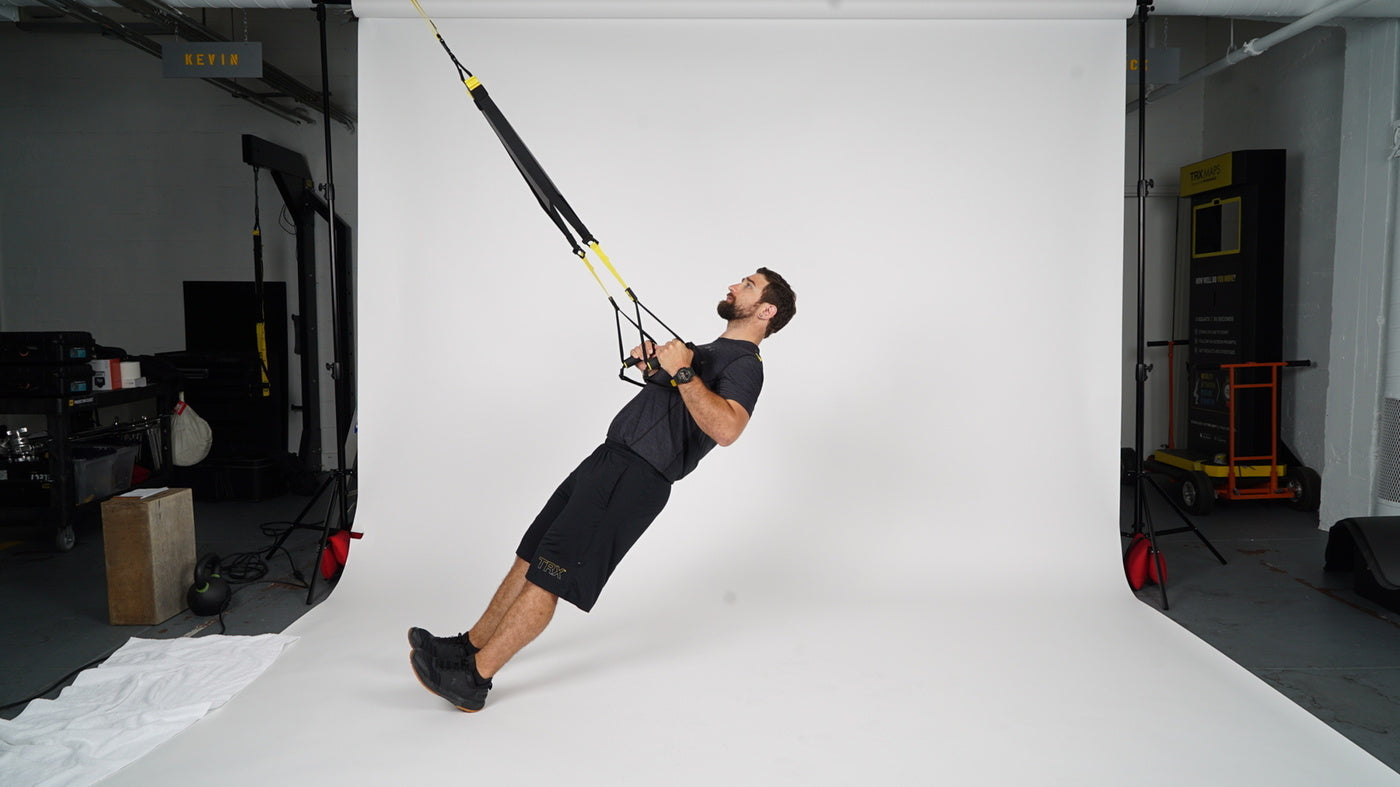
8 Lower Lat Exercises for a Bigger & Stronger Back
If you're looking to build a bigger and stronger back, incorporating lower lat exercises into your routine is a must. While the upper back often takes the spotlight, neglecting the development of the lower lat muscles can lead to an imbalanced physique and limited overall strength.
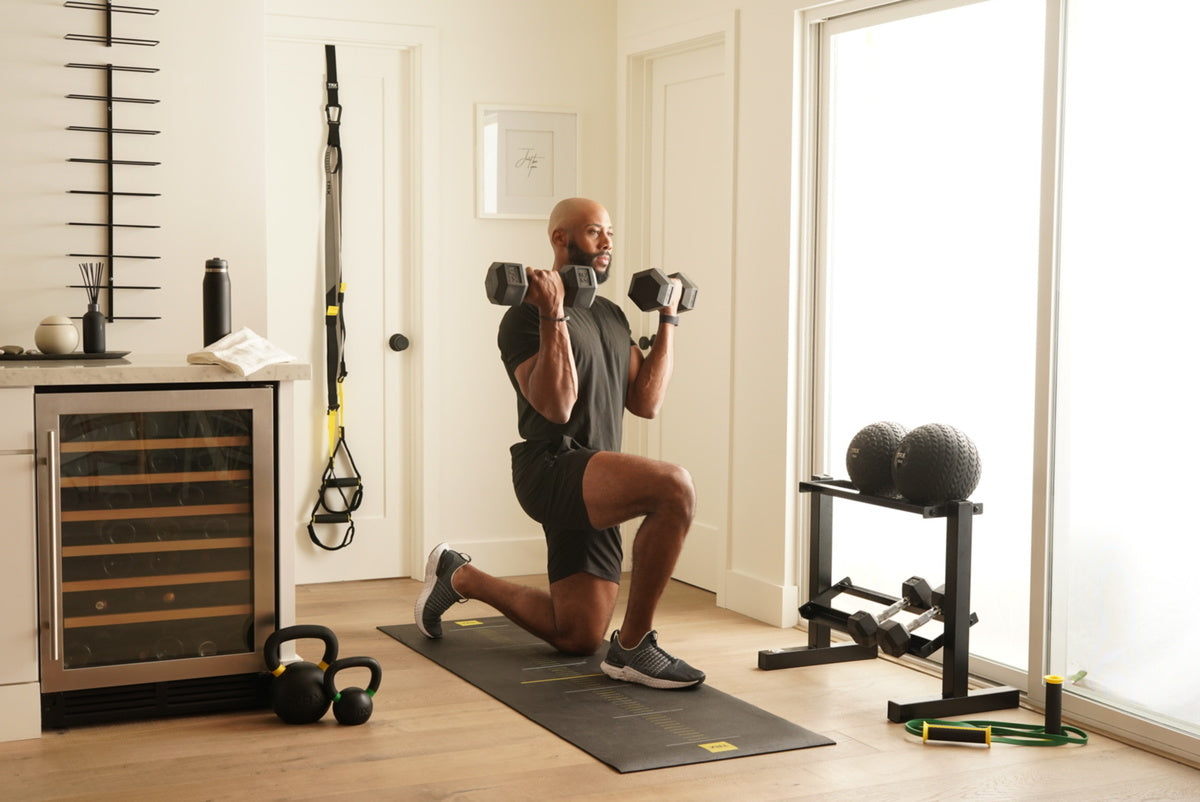
Best Functional Dumbbell Leg Exercises for Mass & Strength
Strong legs are the key to enhancing athletic performance and maintaining fluidity throughout your everyday movements. Think about it – we use our legs every single day in so many different ways.
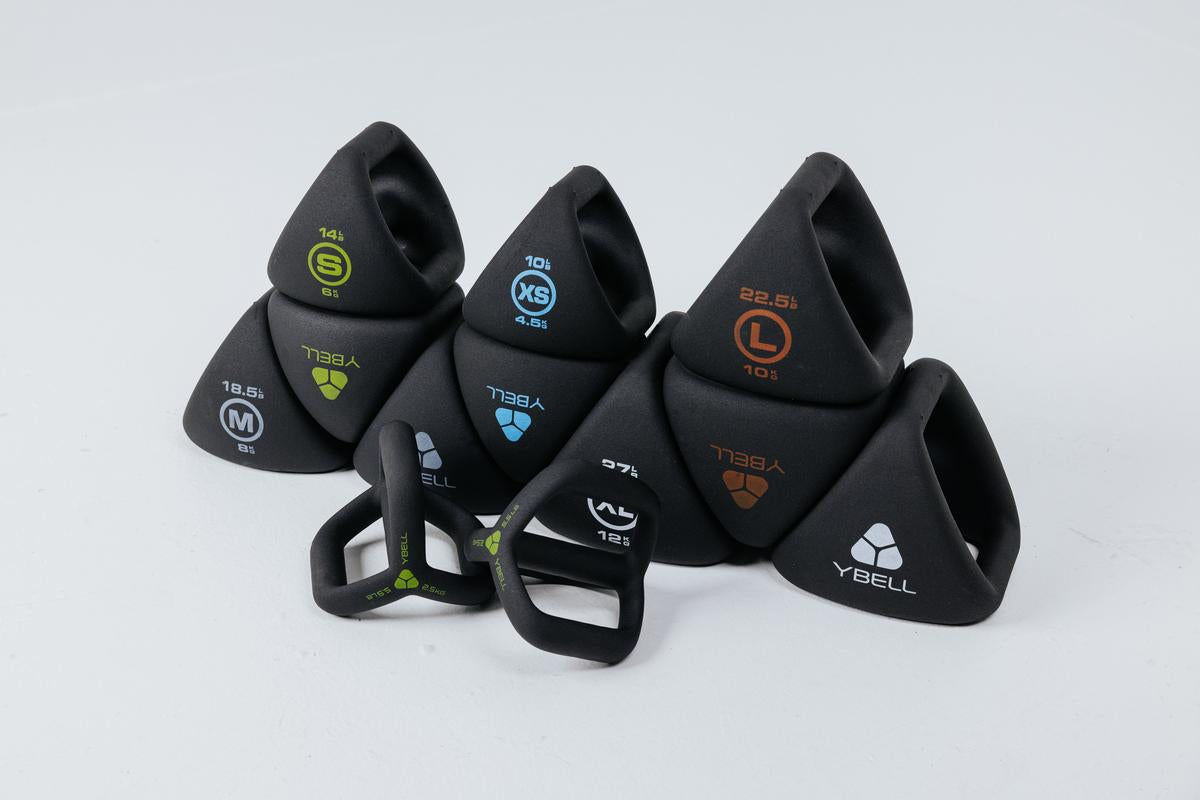
YBell Fitness Named Best in Test for Tech from Women's Running Magazine
We are thrilled to announce that YBell Fitness has won a Women’s Running magazine award for the YBell Neo as the Best in Test in the Tech category. The YBells are featured in the Essential Kit section of the June 2021 issue. “Best in Test” is defined by the magazine as “brilliant performance from highly technical, stylish kit."
YBell Fitness Wins Women's Health Fitness Award For 2nd Consecutive Year
Twice as nice! For the second consecutive year, YBell Fitness has earned a Women’s Health Fitness Award.
YBell Fitness Wins 2021 Women's Health Fitness Award
We are thrilled to announce that YBell Fitness has won a 2021 Women’s Health Fitness Award for our YBell Neo as the Best Free Weights!
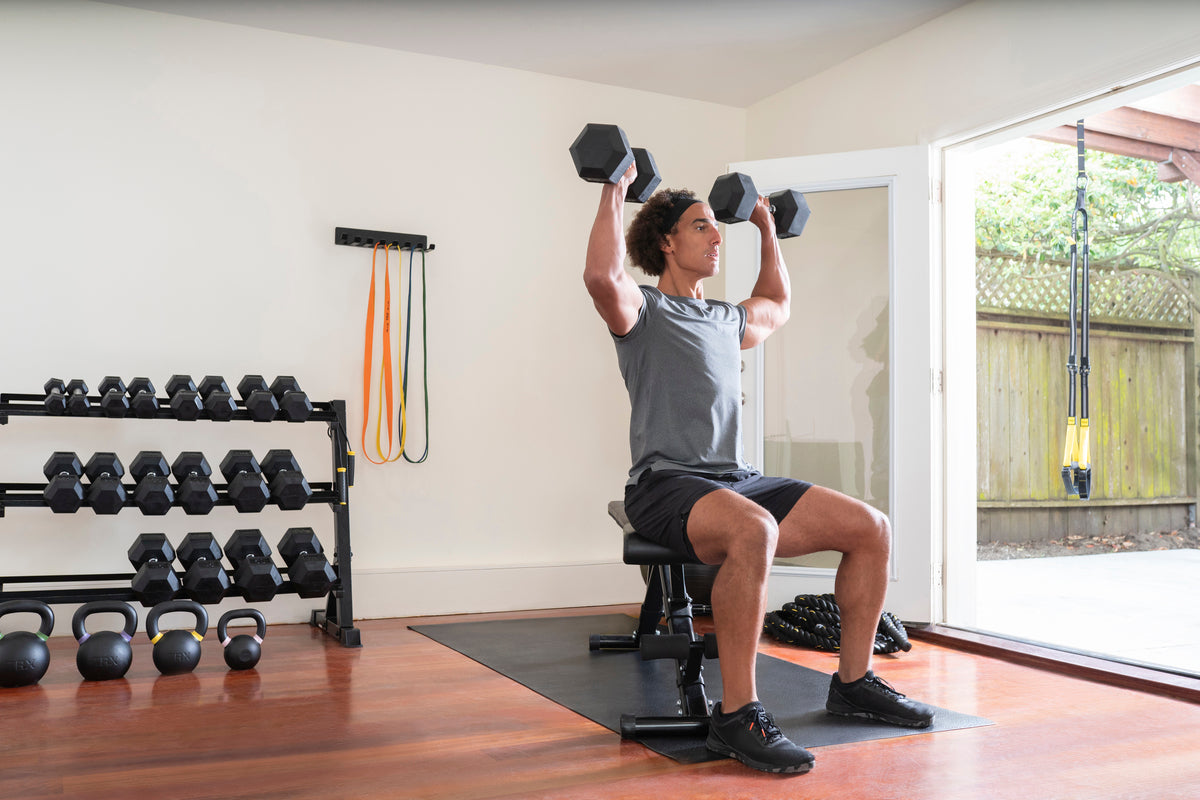
Are You Focusing on Quality or Quantity in Your Physical Training?
Whether you’re male or female, new to working out or an experienced athlete, let’s face it: pullups and push-ups are not easy to master. Have you ever wondered why it’s taking so long to do your first pullup or what may be keeping you from your new personal record (PR) in push-ups? One thing to consider is the quality of your training versus the quantity.
Before we dig too deeply into this, let’s discuss what the differences are.
Quality by definition is the standard of something measured against other things of a similar kind — its degree of excellence.
When discussing the movement of a push-up, you should look at the positioning of your fingers and wrists. You should also consider your shoulder alignment, which feeds into the positioning of your elbows when the movement is initiated. In the initiation of the lowering to the ground, are your shoulder blades being pinched together? When pushing away, are they being pushed apart? How deep is your push-up? What’s the speed of your push-up? Do you do your push-up in under a second or does it last 6 seconds? Are you maximizing your breathing during the motion to help with force production? What direction of force are you using with your hands?
Believe it or not, there is even more to consider when judging the quality of a push-up.
Quantity, on the other hand, is easy to define: it is the number of repetitions you do.
Now before you panic, if you’ve never considered quality versus quantity when trying to learn a new movement or hit a PR, that’s okay! Dedicating training towards quality versus quantity will help you not only get to your goal faster, but it will also help you avoid injuries. It can also be entertaining and less grueling than just trying to max out reps in every workout.
Are you making this training mistake?
Imagine this:
Joe just started to weightlift and he aspires to be able to do a push-up. He’s never been able to do a single one in class with his chest touching a yoga block, and he’s determined to do it at least once!
He works out three days a week and each time he does as many push-ups as possible. As the weeks go on, he can do a few more and a few more. It’s that time again in class, and Joe attempts his one push-up.
Step away from that story for a moment — what do you think happened? Notice that sentence in the story that mentioned “his chest touching a yoga block”?
Joe goes to test his push-up all the way down, and he cannot get back up.
What happened? What was Joe doing wrong with all his training? The answer: Joe hasn’t been doing his push-ups that deep in his training. Even though Joe can do multiple quarter-depth push-ups, he needs to practice the actual range of motion he was trying to achieve: going all the way down to the yoga block.
How to achieve quality in your movements
Chances are that you're likely to do fewer reps while training for the actual movement of a push-up (or any exercise you’re trying to master). Believe it or not, that’s okay, and can actually be a good thing. You’re mastering the quality. The quantity will come with time.
We often forget that strength is something that is learned. Your muscles, nervous system, and brain are constantly adapting to the environment you put them in, for their benefit or not. When you do movements that are similar for too long, your nervous system does not respond as quickly. This is a good thing.
However, when trying to achieve something new, you need to change the stimuli often. That change can come with an increase in repetitions (quantity); however, it can also come from diversifying the quality.
The elements of quality include:
Proper form and alignment (joint alignment, hand placement, foot placement, etc.)
Muscle activation (wanted versus unwanted movement)
Range of motion (moving the joint/motion to the full spectrum possible)
Tempo (the time a muscle is under tension or the speed of movement)
Volume (sets, reps, and weight)
Rest period (break between sets)
Breathing (other internal mechanisms)
In your next training session choose a new variable for improving the quality of your exercise. Challenge yourself to think about the movement you’re trying to achieve. Are you training to your full range of motion? If not, how can it be changed? Are you optimizing your positioning? Where do you feel the weakest in the movement? Hold or start in that position.
As you can see, there are many options to choose from to enhance your training and get to your goal faster. When trying to achieve a new movement or a PR, quantity still matters: you do need to train regularly. But you should also play with the other quality elements to hit your goal faster. Now, get to work and have fun doing it!
